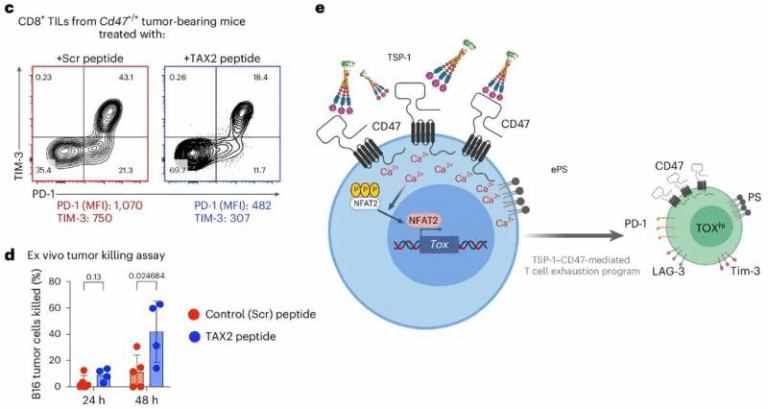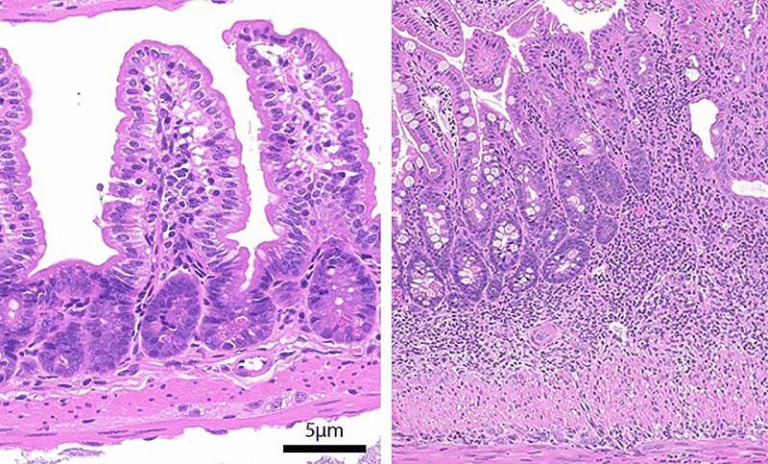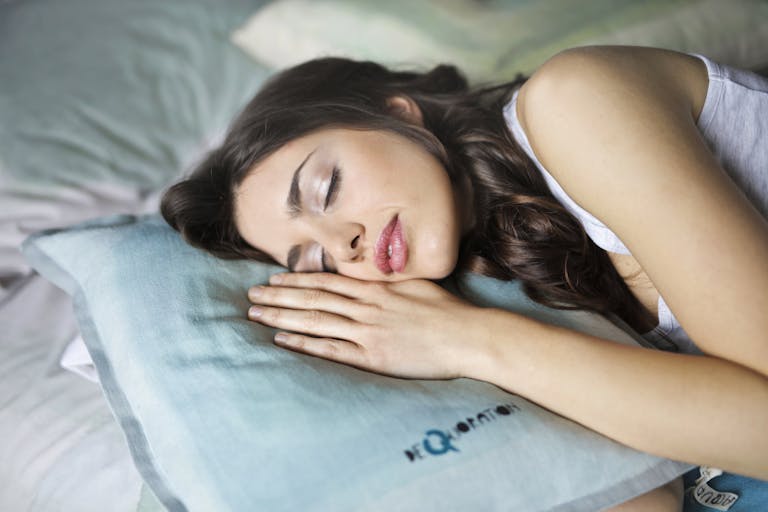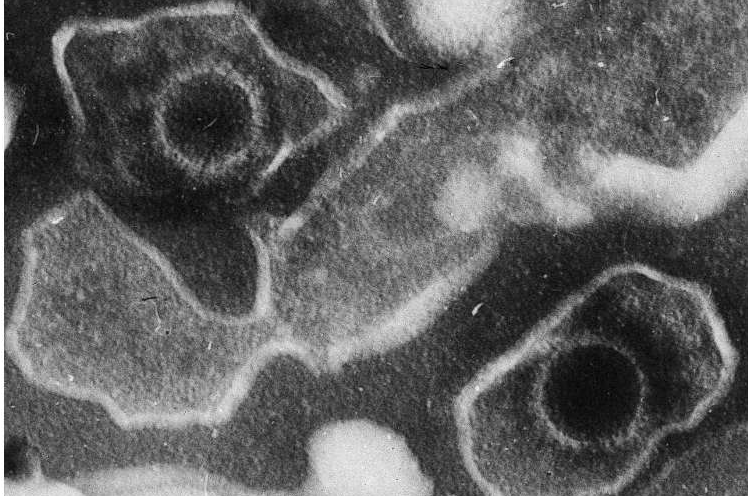Sweetener From Stevia Shows Surprising Potential to Boost Hair Regrowth Treatments

A recent scientific breakthrough has revealed that a compound derived from the Stevia plant, better known for its use as a natural sweetener, could play a key role in improving how hair regrowth treatments work. Researchers have found that stevioside, a naturally occurring substance in Stevia leaves, can significantly enhance the effectiveness of minoxidil, the leading topical medication used for treating hair loss.
The study, published in Advanced Healthcare Materials in October 2025, introduces an innovative way to deliver minoxidil using dissolving microneedles made from stevioside. This new method may address some of the long-standing limitations of traditional hair growth treatments and could mark a major step toward more efficient, natural, and user-friendly solutions for hair loss.
Understanding Hair Loss: What’s Going On in Our Scalps
Before getting into the specifics of this research, it’s important to understand what actually causes hair loss, especially the most common type known as androgenetic alopecia.
Androgenetic alopecia, often referred to as male pattern baldness (in men) or female pattern hair loss (in women), is caused by a combination of genetic and hormonal factors. Over time, hair follicles in affected areas gradually shrink, producing thinner, shorter, and less pigmented hair. Eventually, these follicles may stop producing visible strands altogether.
A key player in this process is the hormone dihydrotestosterone (DHT). In genetically susceptible individuals, DHT shortens the hair’s natural growth phase and miniaturizes the follicles, making it increasingly difficult for new hair to grow back.
This condition affects millions worldwide, and while it doesn’t pose physical health risks, it can have a strong psychological and emotional impact. The search for effective and convenient treatments has therefore been ongoing for decades.
Why Minoxidil Has Been the Go-To Treatment (and Its Drawbacks)
For over 30 years, minoxidil has been one of the most widely used and scientifically backed treatments for hair regrowth. It was originally developed as a medication to treat high blood pressure, but researchers later discovered it had an unexpected side effect: stimulating hair growth.
Minoxidil works by increasing blood flow to the scalp and around the hair follicles. This improved circulation helps deliver nutrients and oxygen to the follicles, encouraging them to re-enter the growth phase. However, despite its proven benefits, minoxidil has several frustrating limitations:
- Poor water solubility: Minoxidil does not dissolve well in water, which limits its absorption.
- Low skin penetration: The outer layer of human skin, known as the stratum corneum, acts as a tough barrier. Only a small portion of the applied minoxidil can actually make it through to reach the hair follicles.
- Slow and inconsistent results: Because of these limitations, users often need to apply the product daily for months before seeing visible regrowth—and some people may see minimal results at all.
Researchers have long been exploring ways to make minoxidil more effective by improving its absorption and delivery into the skin. That’s where this new stevioside-based approach comes into play.
Stevioside: The Sweet Compound With an Unexpected Use
Stevioside is one of the main natural compounds extracted from Stevia rebaudiana, a plant native to South America that’s widely cultivated as a natural sugar substitute. Stevioside is hundreds of times sweeter than sugar but contains no calories, which is why it’s popular in health-conscious food and beverage products.
What makes stevioside special for this study is its unique molecular structure, which allows it to interact with both water and fat-based substances. This property can help dissolve poorly soluble drugs—like minoxidil—and improve how they pass through the skin.
Researchers realized that stevioside could serve not just as a sweetener but as a drug delivery enhancer, helping active ingredients reach deeper layers of tissue more effectively.
How the Stevioside-Mediated Microneedle Patch Works
In this new study, scientists created dissolving microneedle patches infused with stevioside and minoxidil. Microneedles are extremely small, barely visible needles that penetrate just the uppermost layers of the skin—painlessly—to deliver drugs directly where they are needed.
Here’s how the system works:
- Microneedle design: The patch consists of hundreds of microscopic spikes made primarily from stevioside. Each needle contains a precise dose of minoxidil.
- Application: When pressed onto the scalp, the tiny needles painlessly penetrate the skin’s surface.
- Dissolution: The stevioside needles gradually dissolve, releasing minoxidil directly into the deeper skin layers.
- Enhanced absorption: Because stevioside acts as a natural solubilizer, more minoxidil can pass through the skin barrier and reach the hair follicles efficiently.
This dual function—acting as both the structural material for the patch and a penetration enhancer—makes stevioside particularly effective.
What the Research Found
The study tested this system using mice with androgenetic alopecia, a well-established model for studying human hair loss. The results were remarkable.
- Hair regrowth performance: Mice treated with the stevioside-based microneedle patches showed visible regrowth within weeks. After 35 days, about 67.5% of the previously bald area was covered with new hair.
- Absorption efficiency: The stevioside microneedles increased the skin absorption of minoxidil by roughly 18 times compared to regular topical solutions.
- Controlled release: The dissolving nature of the microneedles provided a steady and prolonged release of the drug, potentially reducing the need for frequent reapplication.
- Safety: The patch dissolved completely after use and caused minimal irritation or residue, addressing one of the major complaints about some current hair treatment systems.
Researchers concluded that this natural and biocompatible approach could help overcome one of the biggest hurdles in hair regrowth therapy—getting enough active drug to the follicles in a consistent and effective way.
Why This Matters
This discovery is significant for several reasons:
- It uses natural materials. Instead of relying on synthetic chemicals to force drugs through the skin, stevioside offers a gentler, plant-derived alternative.
- It could simplify treatment routines. If a single patch application can deliver more effective results, users may no longer need to apply minoxidil twice a day for months.
- It opens new possibilities. Beyond minoxidil, the same method could be adapted for other drugs that struggle with skin absorption, leading to new applications in dermatology or cosmetic medicine.
However, the researchers also emphasize that these are early findings. The study was conducted on animals, and human trials are still needed to verify safety, absorption rates, and actual efficacy in people.
Potential Challenges Before It Reaches Consumers
Despite the excitement, a few practical challenges need to be solved before such a product could hit the market:
- Human skin is different from mouse skin. Differences in thickness, follicle density, and immune response can significantly affect how well the treatment works.
- Production and scalability. Manufacturing microneedle patches with consistent quality and stability at commercial scale is complex and expensive.
- Long-term safety. Continuous or repeated use of dissolving microneedles must be proven safe for the scalp and underlying tissue.
- Regulatory approval. Any new drug delivery system must pass extensive clinical trials and regulatory reviews to confirm its effectiveness and safety for human use.
Still, the innovation represents an important direction in dermatological science: combining biocompatible materials with clever delivery systems to improve how existing medicines work.
A Quick Dive: How Microneedle Technology Is Changing Medicine
Microneedles aren’t entirely new—they’ve been studied for years as a way to make painless drug delivery possible. They’ve been explored for insulin, vaccines, cosmetic serums, and now hair loss treatments.
Unlike traditional hypodermic needles, microneedles are so small that they don’t reach the nerves responsible for pain. There are several types:
- Solid microneedles that create micro-channels for later application of drugs.
- Hollow microneedles that can inject liquid formulations.
- Dissolving microneedles (like in this study) that melt away after use, releasing drugs without leaving residue.
Their popularity is growing because they can deliver substances that are normally blocked by the skin barrier, offering a middle ground between topical creams and invasive injections.
The Broader Picture: Natural Compounds in Modern Medicine
Stevioside isn’t the first natural compound to find a surprising second life in medicine. The pharmaceutical world often turns to botanical sources to enhance the performance of existing drugs. For instance:
- Curcumin from turmeric is being studied for its anti-inflammatory potential in topical treatments.
- Aloe vera extracts have long been used to improve wound healing.
- Chitosan, derived from shellfish, is used in drug delivery systems and wound dressings.
This trend toward nature-inspired drug enhancement reflects growing demand for treatments that are both effective and biocompatible, with fewer side effects.
What’s Next?
Researchers hope that future human studies will confirm what has been seen in animal models—that stevioside can make minoxidil significantly more effective and possibly even allow for lower doses.
If successful, it could usher in a new generation of hair regrowth treatments that are easier to use, more natural, and more reliable than the current options.
For millions struggling with hair loss, even modest improvements in treatment efficiency could make a meaningful difference. While it’s too early to say whether a stevioside-based minoxidil patch will become commercially available soon, this discovery definitely points in a promising direction.
Research Reference:
“Natural Sweetener Stevioside-Based Dissolving Microneedles Solubilize Minoxidil for the Treatment of Androgenic Alopecia” – Advanced Healthcare Materials, October 7, 2025





